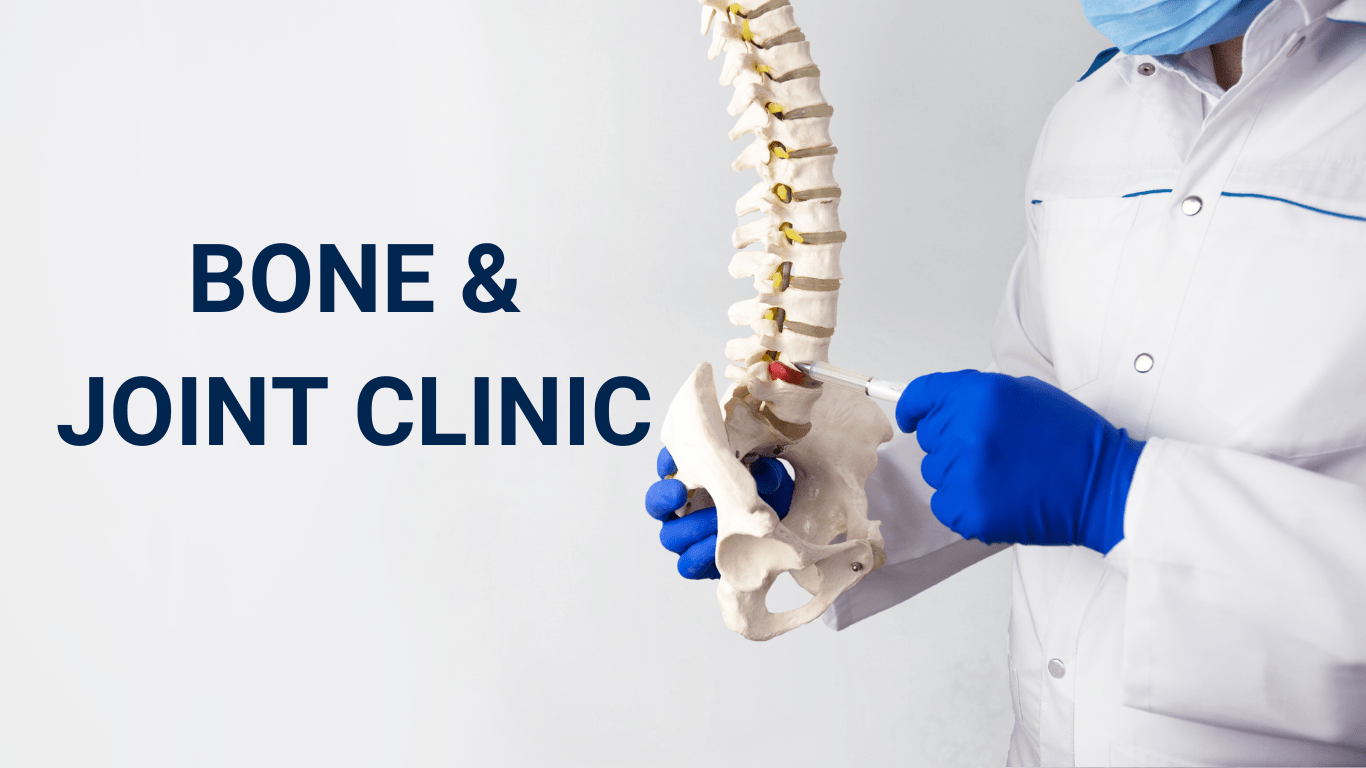Spine Injury

A spine injury refers to damage to the spinal column, which comprises the vertebrae, spinal cord, and associated structures. Such injuries can have severe consequences, including loss of sensation, motor function, and, in the most severe cases, paralysis. Spine injuries can result from various causes, including accidents, falls, sports injuries, and medical conditions.
Types of Spine Injuries
Spinal Fractures: Fractures of the vertebrae can occur due to traumatic incidents like falls, car accidents, or sports injuries. These fractures can range from minor compression fractures to more severe burst or dislocation fractures.
Spinal Cord Injuries: Spinal cord injuries can result from trauma to the spinal cord itself. These injuries are categorized into complete and incomplete injuries. Complete injuries result in the loss of all sensory and motor function below the level of injury, while incomplete injuries retain some degree of function.
Herniated Disc: A herniated disc occurs when the soft inner material of an intervertebral disc protrudes through its outer layer. This can lead to compression of nearby nerves and result in pain, weakness, or numbness.
Spinal Stenosis: Spinal stenosis is a condition where the spinal canal narrows, causing pressure on the spinal cord and nerves. This condition is often degenerative and can result in pain, weakness, and difficulty walking.
Spondylolisthesis: Spondylolisthesis is a condition where one vertebra slips forward over another, potentially leading to compression of nerves and symptoms like lower back pain and sciatica.
Spinal Infections: Infections of the spine, such as vertebral osteomyelitis or spinal epidural abscess, can cause severe pain, fever, and neurological deficits.
Treatments for Spine Injuries
The treatment of spine injuries depends on the type and severity of the injury. Here are some common approaches:
Conservative Management: Mild spine injuries, such as certain herniated discs or less severe fractures, may be managed with conservative approaches like rest, physical therapy, pain management, and bracing.
Surgery: More severe injuries often require surgical intervention. Types of spine surgeries include:
- Spinal Fusion:This procedure stabilizes the spine by joining two or more vertebrae together with bone grafts and hardware.
- Discectomy:Surgical removal of part or all of a herniated disc to relieve pressure on nerves.
- Laminectomy:Removal of the lamina (bony arch of the vertebra) to alleviate spinal cord compression.
- Vertebroplasty or Kyphoplasty:Procedures to stabilize fractured vertebrae through the injection of bone cement.
Risks and complications
- Neurological Damage:Spine injuries can cause damage to the spinal cord or nerves, leading to a loss of sensation, muscle weakness, or even paralysis. The extent and location of neurological damage determine the severity of the injury.
- Incomplete Recovery:Complete recovery is not always achievable, especially in cases of severe spinal cord injuries. Even with the best treatment and rehabilitation, some level of disability may persist.
- Chronic Pain:Chronic pain is a common consequence of many spine injuries, even after treatment or surgery. Effective pain management strategies are essential for improving the quality of life for individuals with spine injuries.
- Functional Limitations:Spine injuries can result in limitations in mobility and daily activities. Patients may require mobility aids, home modifications, or assistive devices to maintain independence.
- Bladder and Bowel Dysfunction:Spinal cord injuries can disrupt normal bladder and bowel function, leading to incontinence or difficulties with control. Managing these issues is a long-term concern.
- Pressure Sores:Immobility due to spine injuries increases the risk of pressure sores (bedsores). Preventing and managing these sores is essential to avoid complications.
Recovery and Rehabilitation
Post-Surgery Hospital Stay: After spine injury surgery, patients typically spend some time in the hospital for immediate postoperative care. This includes monitoring vital signs, managing pain, and ensuring that there are no complications, such as infections.
Wound Care: Special care is taken to maintain the surgical wound and prevent infections. Stitches or staples may need to be removed, and the incision site is closely monitored.
Neurological Assessment: Patients with spinal injuries may undergo regular neurological assessments to evaluate sensory and motor function, as well as to monitor for any signs of neurological improvement or deterioration.
Physical Therapy: Physical therapists develop customized rehabilitation programs to help patients regain strength, mobility, and function. Exercises and interventions aim to improve posture, balance, and muscle strength.
Occupational Therapy: For individuals with spine injuries affecting their daily activities, occupational therapists provide training and strategies to maximize independence in tasks like dressing, grooming, and cooking.
Long-term Outcomes
Functional Recovery: The extent of functional recovery can vary widely based on the level and severity of the spinal injury. Some individuals may regain significant function and independence, while others may have long-term limitations.
Pain Management: Chronic pain is a common challenge, and its management is essential for improving quality of life. Multimodal approaches may include medications, injections, and physical therapy.
Mobility and Independence: Patients may continue to require mobility aids or assistive devices to maintain their independence and facilitate daily activities.
Neurological Function: In cases of spinal cord injuries, the level of neurological recovery can be limited, and patients may face long-term neurological deficits. Regular monitoring is essential.
Quality of Life: Long-term quality of life is a significant consideration, encompassing physical, emotional, and social well-being. Rehabilitation and support services play a crucial role in enhancing quality of life.
Return to Work and Daily Life: The ability to return to work or engage in daily activities varies, and vocational rehabilitation may be necessary to facilitate reintegration into the workforce.

